Interns & Visitors
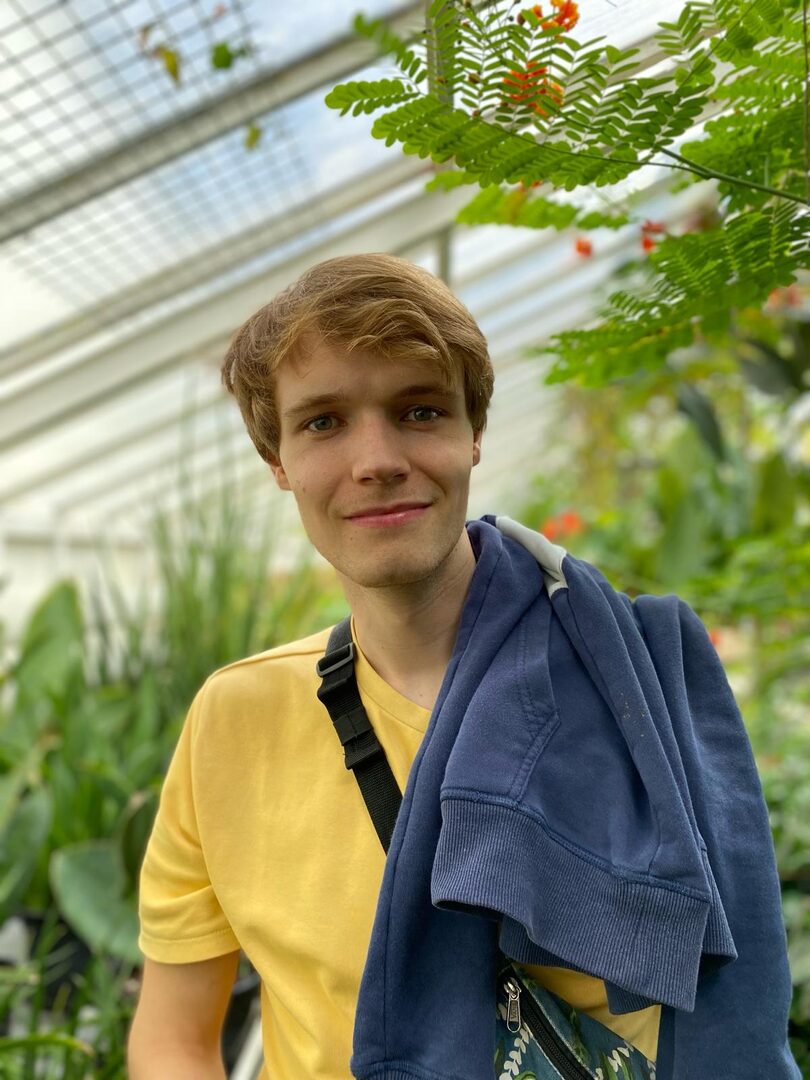
Hugo Nusselder, Research Intern (Jan - Mar 2024)
I joined the Neuronal Rhythms in Movement unit in January 2024. After finishing my master in neuroscience in the summer of 2023, I was fortunate to get in contact with Marylka Yoe Uusisaari and Deviana David, who I am now helping to investigate the neuroanatomical connections to the inferior olive. More specifically, we are using immunohistochemistry and confocal imaging to elucidate the neurochemical identity of superior colliculus synapses in the inferior olive. I have a background in neuroanatomical tracing using classical and viral tracers, and I am excited to be able to apply and improve the experimental skills I acquired during my master’s. I also hope my time in Okinawa will help me orient towards the next step in my scientific journey.
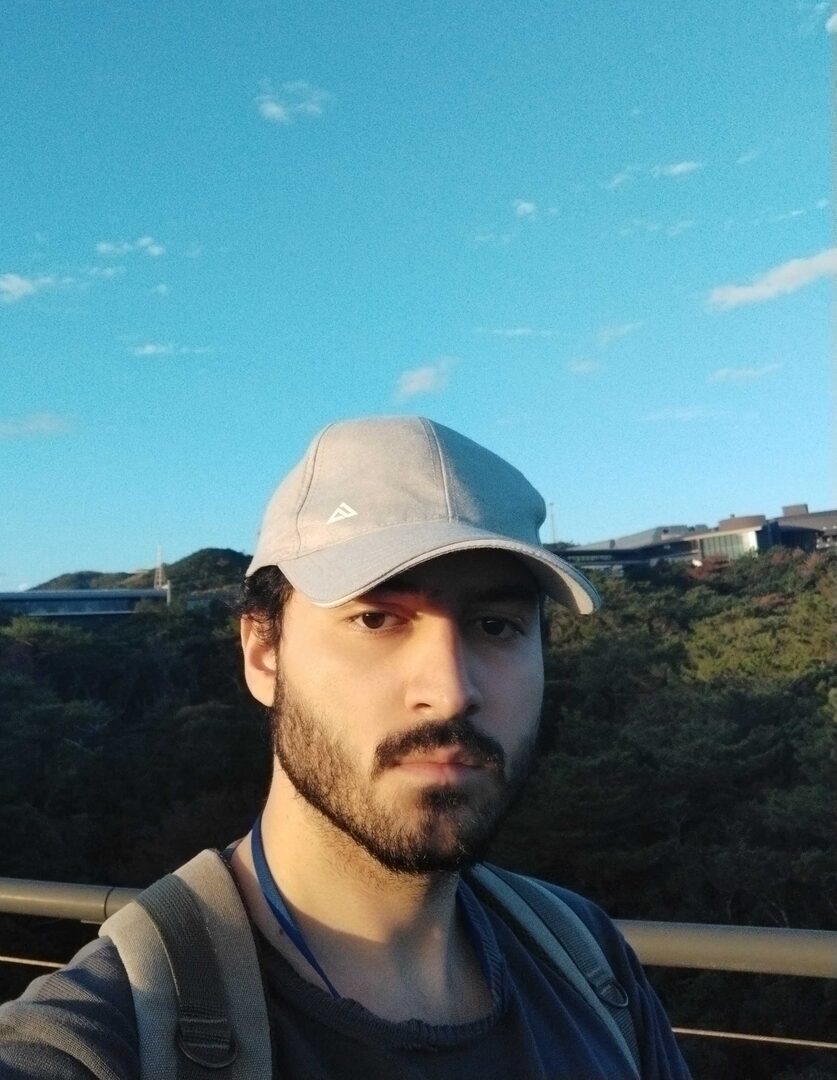
Necmettin Isilak, Research Intern (Oct 2023 - Mar 2024)
I became a member of the Neuronal Rhythms in the Movement (nRIM) Unit as a research intern in October 2023. Holding a Bachelor of Science in psychology, my research interests lie in exploring the neuroanatomical connections of reward systems and the neural substrates dedicated to decision-making processes.
nRIM provides an exceptional environment for academic pursuits owing to the diverse array of researchers contributing to its scholarly community. During my time at the Uusisaari Unit, I’ve learned about the intricate nature of motor function, which has equipped me with diverse methodologies for the quantification of movement. Currently, I’m working on morphological measurements of motor neurons using image analysis software. As I approach the conclusion of my internship, I anticipate acquiring a comprehensive understanding of scientific methodology as well as proficiency in data organization, image analysis, and 3D image reconstruction.
My experience in Okinawa and at the Okinawa Institute of Science and Technology (OIST) has been exceedingly positive. I am eager to further explore Okinawa and delve into the diverse scientific disciplines offered at OIST.

Dr.France Rose, Visiting Researcher (Oct - Dec 2023)
I am France ROSE, Ph.D. in Computational Biology, with a background in both Cellular Biology and Data Analysis. Over the years, I have honed my expertise in image and time series analysis. My daily work consists mainly of testing and developing signal processing and deep learning algorithms, which I continually explore through the lens of a Biologist, trying to understand their inner mechanisms as well as their limitations.
My collaboration with the Neuronal Rhythms in Movement Unit started two years ago. I am thrilled by the opportunity to immerse myself in their laboratory, following their experiments and gaining insights in neuroscience. Our collaborative efforts focus at discerning subtle changes in mouse movements across diverse behavioral tasks and under various treatments. This analysis is only made possible by the unmatched precision of the 3D motion capture system developed by Dr. Uusisaari's team.
As a bioimage data analyst, I continually find myself at the intersection of various fields, which fuels my research and curiosity. The ethos of OIS as a trans-disciplinary institute strongly resonates with my approach.
My personal website : http://www.normalesup.org/~frose/

Karolina Jerabkova, Research Intern (Aug - Sept 2023)
I joined the captivating Neuronal Rhythms in Movement unit at the end of July 2023 for a 6-week summer internship. Afterward, I am headed to my homeland, the Czech Republic, to start my journey through the Master Degree Programme of General Medicine at Masaryk University (Faculty of Medicine).
My interest in science arose during high school, when I started my internship at the Faculty of Medicine, Masaryk University, to study the role of choroid plexus and its relationship to neuroinflammatory responses during Alzheimer’s Disease. This project introduced me to the academic grounds, especially to an unpredictable yet exciting world of neuroscience research. Because of my desire to explore this field more in-depth and to try out one of its many other branches, I decided to undertake the internship in the nRIM unit.
While visiting OIST, I aim to investigate the relationship between the inferior olive and superior colliculus under the guidance of PhD Graduate Student Deviana David. In particular, I want to widen my knowledge of several laboratory techniques (viral injections, transcardial perfusion, etc.) and data interpretation. Moreover, my goal is to grow and flourish as a “baby neuroscientist” – I aspire to enhance my scientific thinking, sharpen my problem-solving abilities, and embrace innovative approaches in my quest for knowledge! Eventually, I seek to establish the balance between conducting up-to-date neuroscience experimentation and engaging in impactful clinical practice.
Besides my research journey, I look forward to learning about numerous unique cultures and exploring the fantastic underwater world!
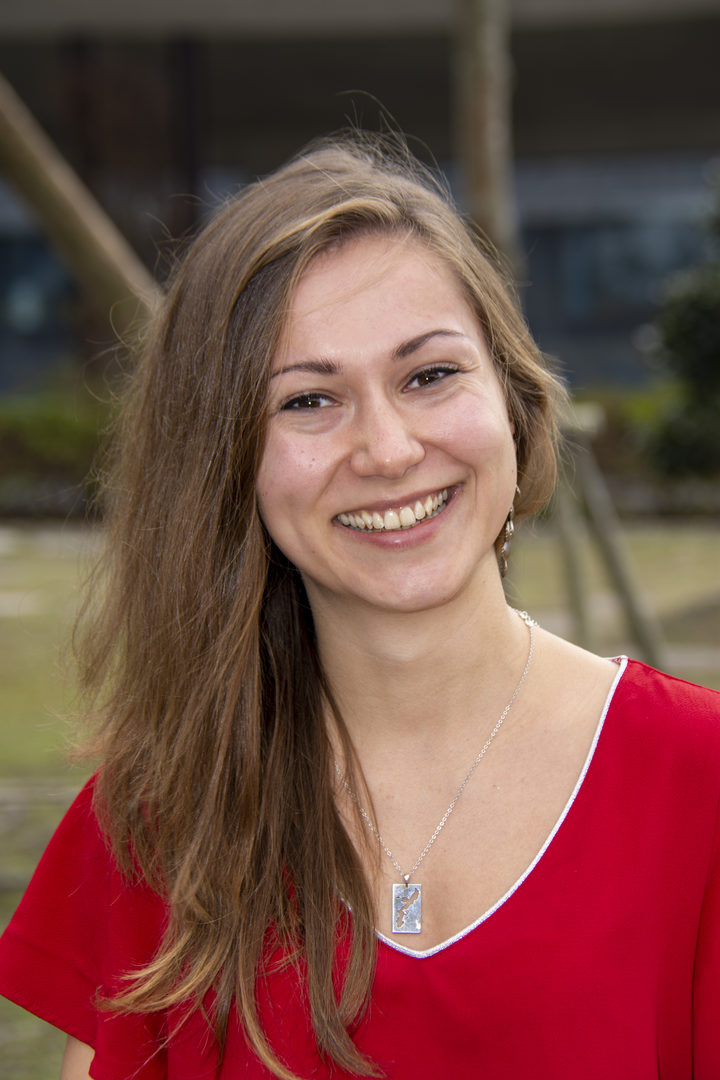
Izabela Porębska, Research Intern (Dec 2019 - Mar 2020)

Benjamin Bellanger, Intern (Oct - Dec 2019)
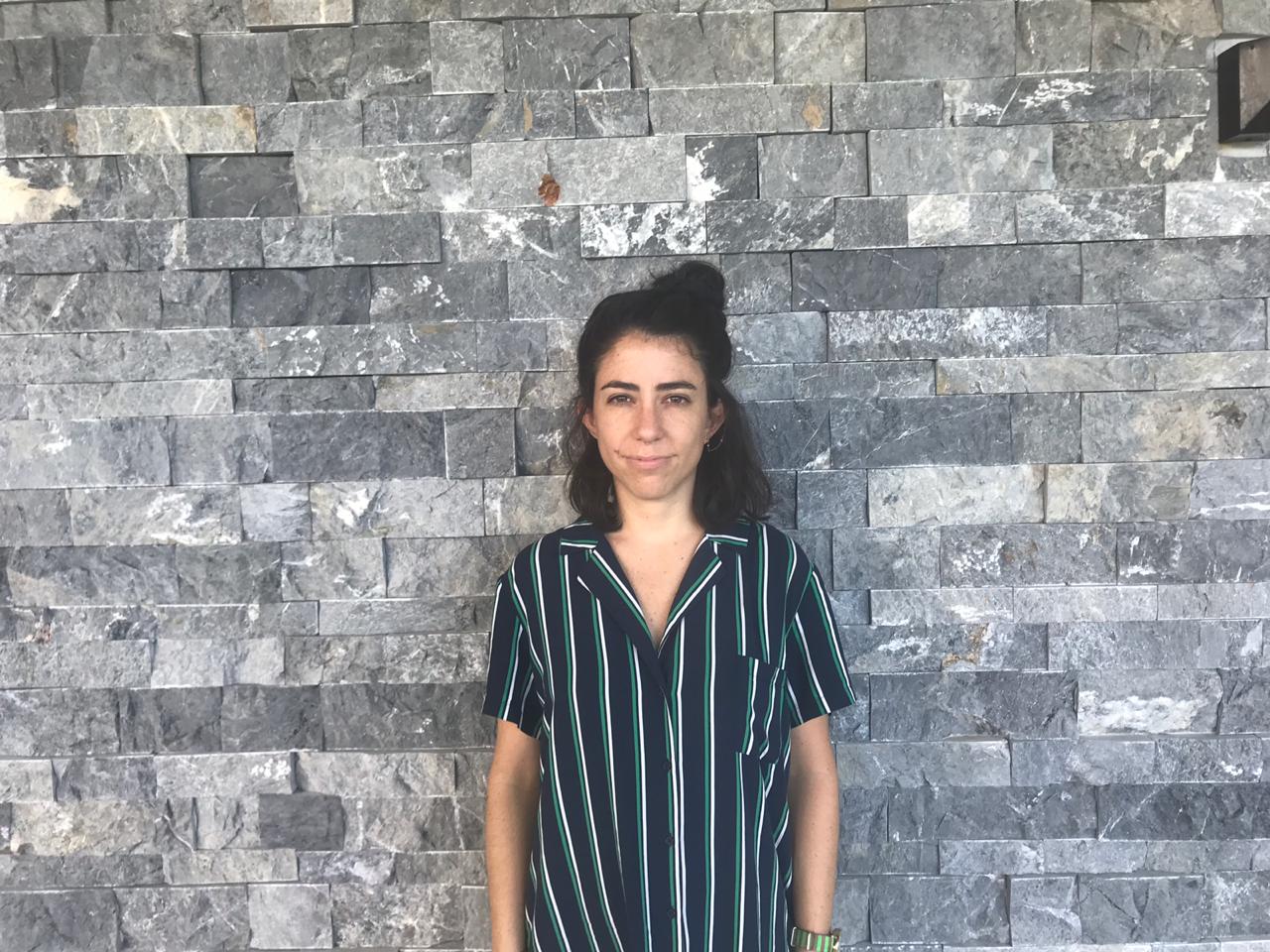
Carolina Aragon, Visitor Researcher (Oct - Dec 2019)
I have a background in research of the physiological basis of learning processes in malnourished populations. I decided to study a Masters degree in Philosophy of Cognitive Science because I believe that in order to perform the kind of science that will allow us to understand how the human brain works we need to be able to deal with it’s complexity and in order to do this, it is necessary to have a very robust and coherent theoretical basis.While visiting OIST I joined nRiM unit to assist in the research of the endocannabinoid system and the effects of its modulation on behavior and physiology with Dr. Bogna Ignatowska-Jankowska. I had the opportunity to develop new laboratory skills, practice experimental design and data analysis while learning about the endocannabinoid system and its therapeutic utility. The environment at OIST, and in particular in the nRIM unit is very inspiring and excellent for developing skills and learning in a holistic and interdisciplinary way.
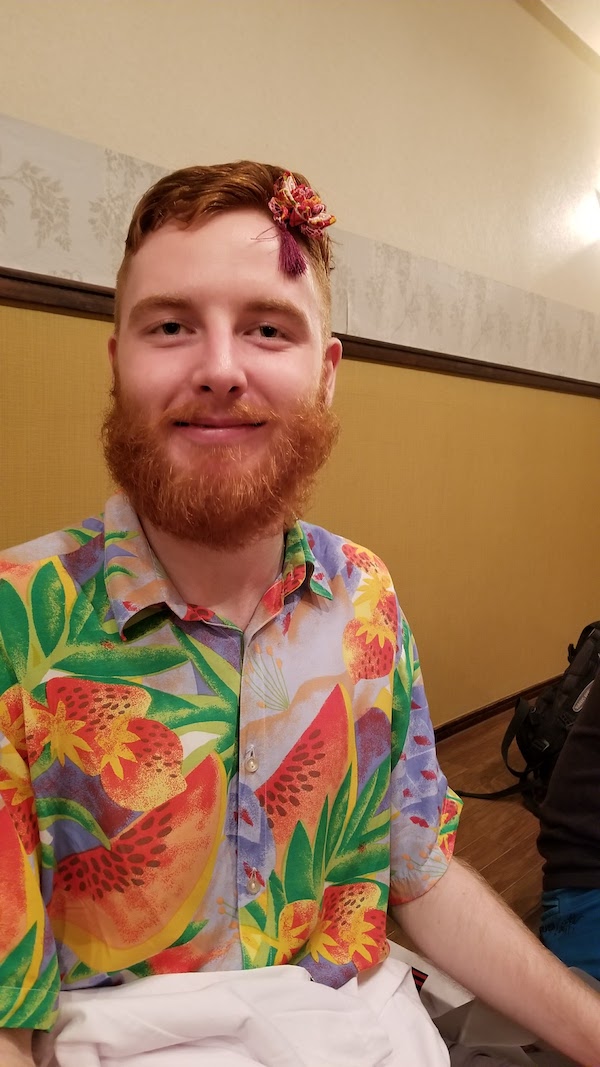
Darren Clarke, Visiting student (Oct-Nov 2017)
Mr. Darren Clarke is currently undertaking his PhD at the University of Western Australia, examining the response of astrocytes to repetitive transcranial magnetic stimulation, a form of brain stimulation. Darren visited the NRIM laboratory from October to December 2017 to explore the response of astrocytes to stimulation using in vitro electrophysiological techniques. Darren enjoyed the opportunity to work in Japan under Dr. Uusisaari and Dr. Tang and further develop his patch-clamp skills.Darren loved the culture and society of Okinawa, and experienced scuba diving and the tug of war festival, among other activities, during his time at OIST. He enjoys watching thriller movies and television shows, drinking craft beers, running, gaming, and telling jokes. His personality is as vibrant and colourful as the shirts and socks he wears.
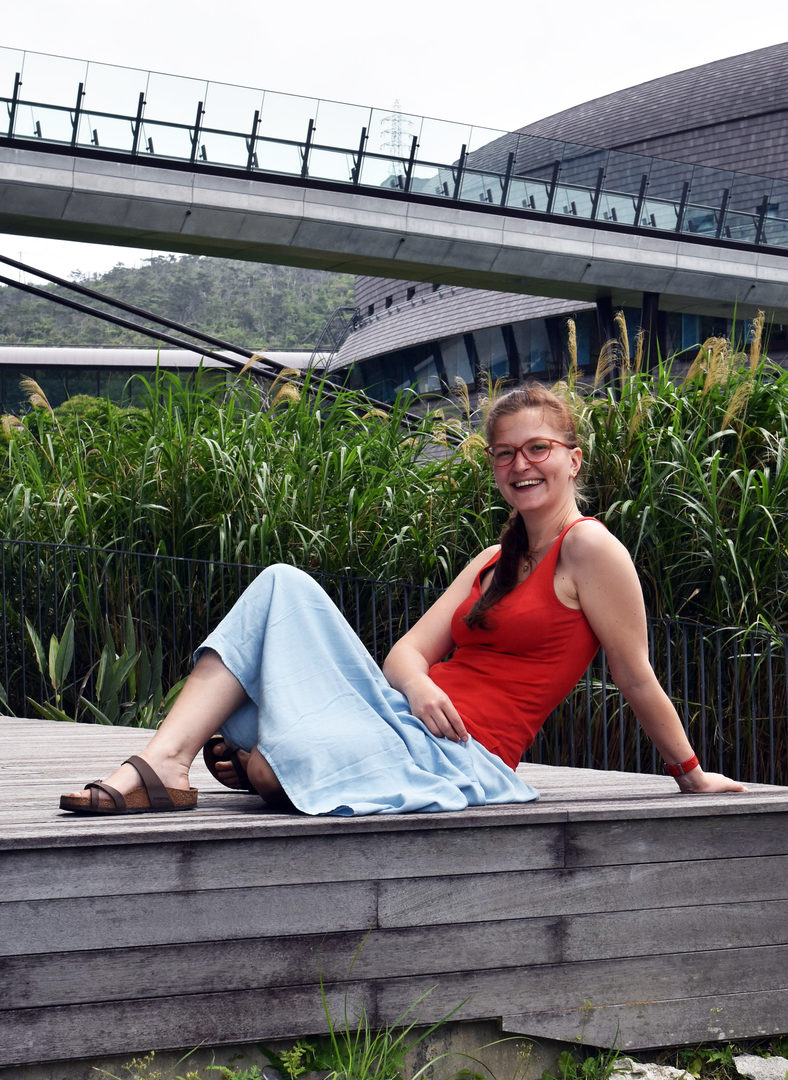
Nora Vrieler, visiting patcher (Apr - May 2017)
I first joined an experimental neuroscience laboratory some three years ago, knowing nothing of the kinds of skills and techniques that – at least to my non-scientist friends and family – sound like science fiction, but have in the mean time become my day-to-day work. Keeping slices of (mouse) brains alive while measuring what goes on inside a neuron (a.k.a. ‘making zombie brains’); injecting viruses to brains to label specific neurons (a.k.a ‘doing brain surgery – but no, grandma, I’m NOT a doctor’) and then using laser-powered microscopy to see what’s in there (a.k.a. ‘time to get a pretty picture’). Dr Uusisaari's invite to come help set up her lab at OIST is a perfect reflection of being able to trust her student(s) to do what’s needed without her direct supervision.
Being left unsupervised might sound like a nightmare to some neuroscience students, but in the case of the nRIM team it’s the most wonderful way to work. Dr. Uusisaari herself is superior only in the amount of time she has to spend at her desk while the rest of the team gets to do experiments, and although all of the lab members may have different motivations for doing what they do, there’s a strong spirit of being all in it together and helping each other out when possible. Personally, I’ve been caught up in the question of how our brains are able to organize events in time – and I’m sure it won’t be such a long time before I get to visit OIST again to learn new experimenting-skills and hopefully get a bit closer to understanding that.
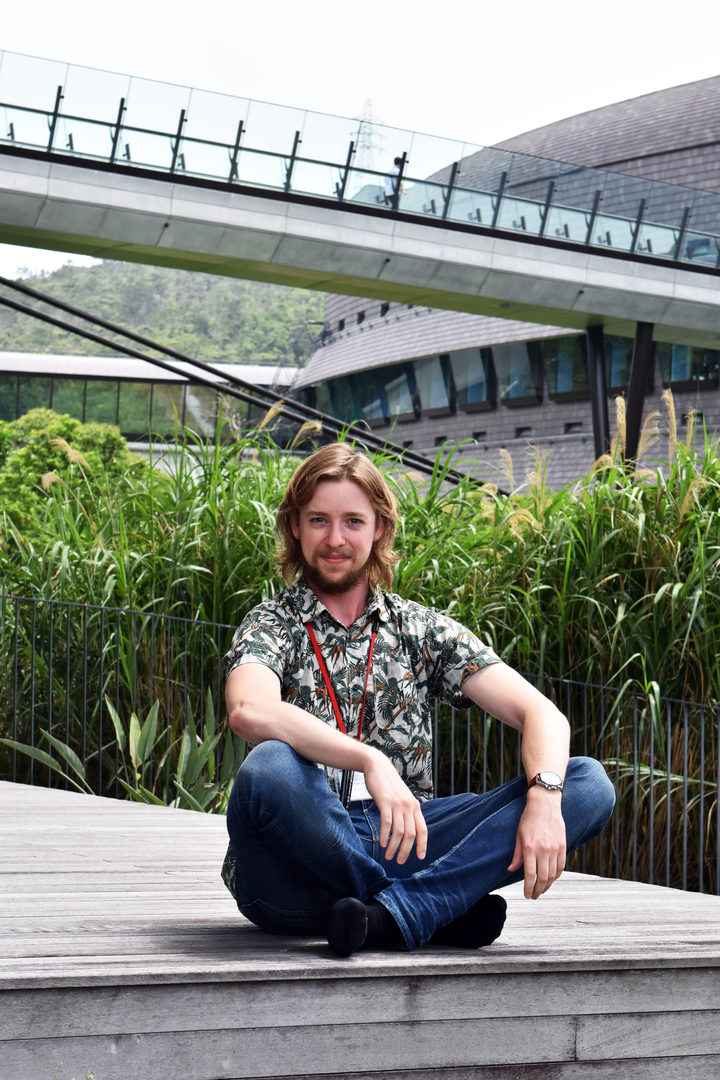
Hugo Hoedemaker, visiting technician (Mar - Apr 2017)
I consider myself quite lucky that when I found myself in between jobs in Holland when professor Uusisaari invited me to help set up her lab at the OIST. The period that I could help would last a bit shorter than two months so it was never boring. The first weeks I helped setting up laboratory equipment but after we got the surgery room running I spent most time passing on surgical techniques and comparing notes to my very capable colleagues, that last part is my forte. All in all, I saw a very healthy curiosity and an eagerness for collaboration between groups that led to a very friendly work environment. That’s why I believe that a lot of good is going to come from the Neuronal Rhythms in Movement Unit. Good luck guys!
On a side note, the hospitality of the people of Okinawa was heartwarming and to have witnessed such a wonderful culture really added to my tropical adventure.



